Tracey and Mark Stevens are not the only British couple on the verge of retirement, to have sold up and bought a gîte in rural France. However, the Stevens’s use of the woodland behind their farmhouse is definitely unusual, and caught the eye of the Sunday Telegraph for a recent feature on active retirement. Assigned photographer, I travelled to Montélimar in the Drôme to make a cover portrait of Tracey and Mark – and their furry friends. In a country that is not always entirely averse to eating donkey meat, the Stevens have founded a donkey sanctuary. Several of the animals they have rehomed are of a rather special French breed – one that is at serious risk of disappearing.
Dying breed with a virile past
There are only 300 registered Baudet de Poitou donkeys left in the world today. This, the oldest race of donkey in France (probably first introduced by the Romans), is not traditionally associated with Provence, but, as the name suggests, with the Poitou region of western France. Baudet de Poitou donkeys were generally neither ridden nor used to pull a cart: they were bred, quite simply, to breed. In a fairly patriarchal model, the males were the only animals anyone was interested in. If a fine Baudet de Poitou donkey stallion had his way with a horse (a mare of a specific local breed), the foals that resulted were rather special mules. Said to be the finest in the world, these mules were in worldwide demand for their prowess in agricultural work – and expensive. Demand for them peaked in the mid-18th century, when tens of thousands were sold annually. “Mule-breeding is about the only branch of agricultural industry in which France has no rival abroad‘ (1883 author). Then, however, came the industrial revolution – and the donkeys’ demise.
It’s all in the stars
Among the donkeys that Tracey and Mark have rescued (several from the butcher), are three Baudet de Poitou. They’ve already bred two foals from these animals in what is the first recovery breeding programme in the region. Baudet de Poitou are quite distinctive: they are much larger and fluffier than regular donkeys, with orange coats that resemble woolly dreadlocks up close.
La Drôme Donkeys all have individual personalities, according to the sanctuary’s website, where each donkey presents their story and star sign (the two I looked at were Taurean, a sign known for stubbornness in humans, let alone donkeys). However, Tracey admitted that unless they are standing together, it can be difficult to tell the adults apart under their shaggy heaps of hair. In any case, one particular donkey stood out to me. Perhaps spotting a kindred spirit (another shaggy-haired Taurean), it kept sidling over to me, surreptitiously putting its shoulder against mine and gradually leaning more and more of its not-inconsiderable weight onto me. Moving its stubborn self was easier said than done and, clumsily rather than intentionally, it stood on my foot more than once.
Never work with children and animals
The photographer’s adage ‘Never work with children or animals’ has a fair dose of wisdom (I shiver as I remember the terrifying experience of an amorous llama once pursuing me across an open field after I’d made a portrait of it and its owner, and perilously photographing spoiled dogs on Cannes seafront from a camera strapped to a scooter). I’d stayed overnight nearby before this shoot (a 4 hour drive from the French Riviera) and so arrived early, to work before the South of France summer light got too aggressive. Tracey had put off the donkeys’ breakfast, in hope of some food-motivation cooperation with the photographer.
My main brief was to make a portrait of Tracey, Mark and their donkeys for the cover, and I also wanted to take some reportage pictures of the couple feeding and bridling the animals. Ensuring that the donkeys’ eyes were open, visible and that they looked happy, not obscuring Tracey, Mark and each other with their huge, mobile, hairy ears, was easier said than done. The donkeys saw no point in facing the camera when Tracey and Mark had the carrots, so they showed me their rear ends, and, perhaps as breakfast was late, nipped each other in irritation, making the victims’ faces grumpy with indignation (I was suprised how expressive they are). Thank you to Frances (Tracey and Mark’s daughter) for the sterling effort of attracting their attention in the right direction and the seemingly impossible task of donkey moving, as well as recording the occasion.
> See Portrait portfolio
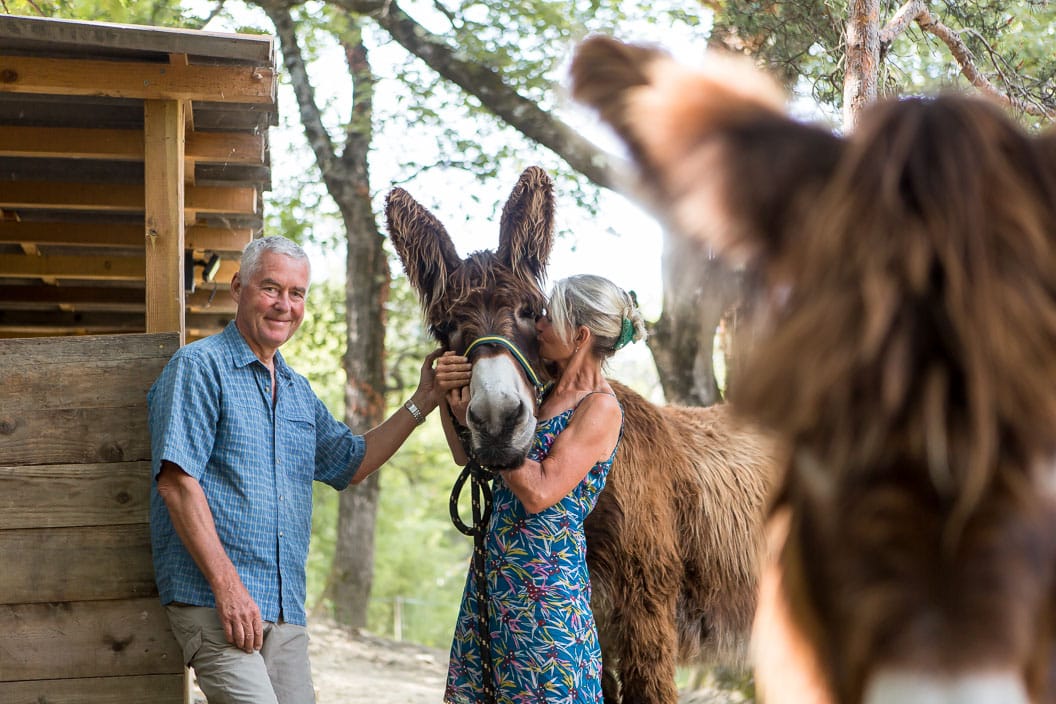
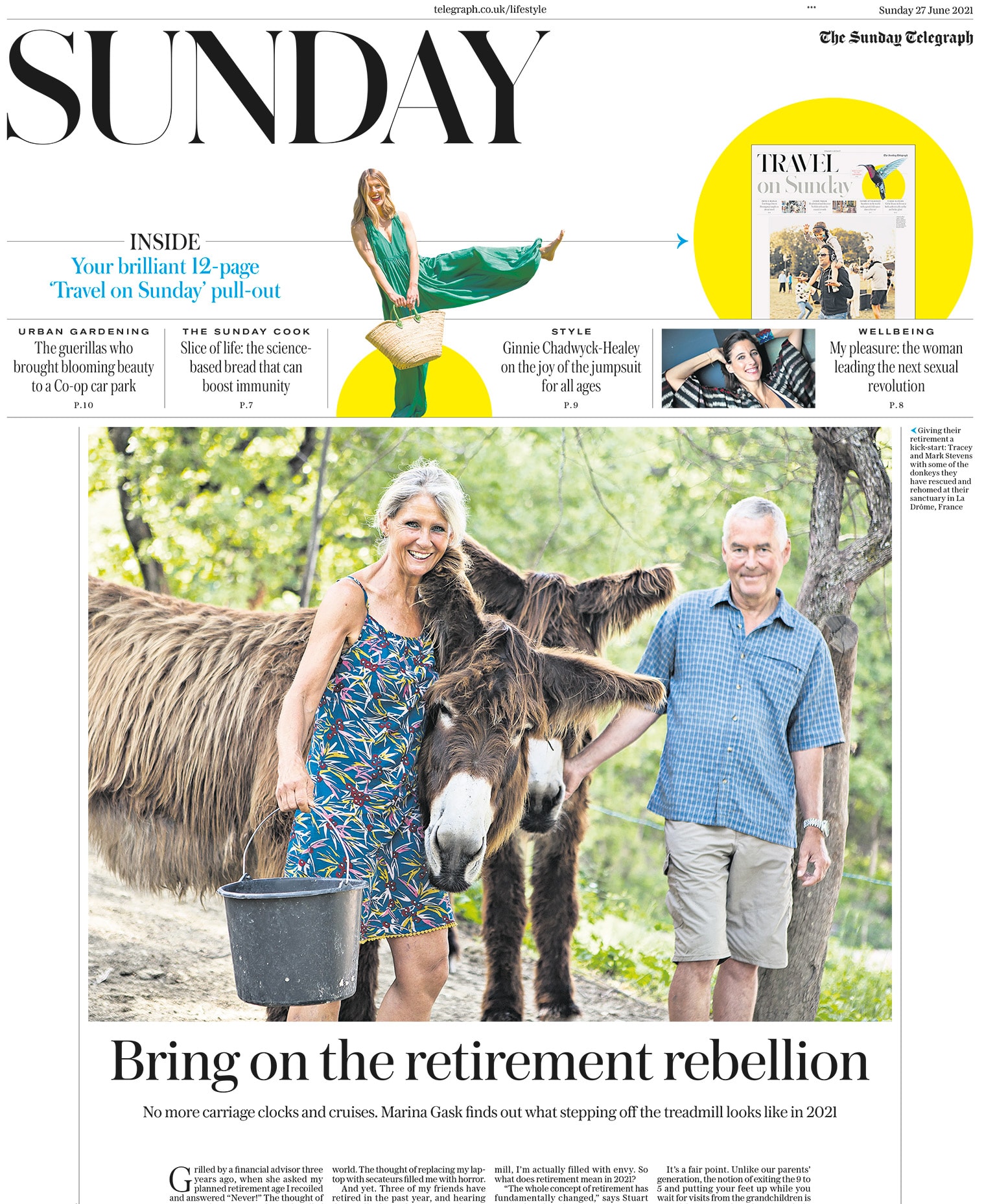
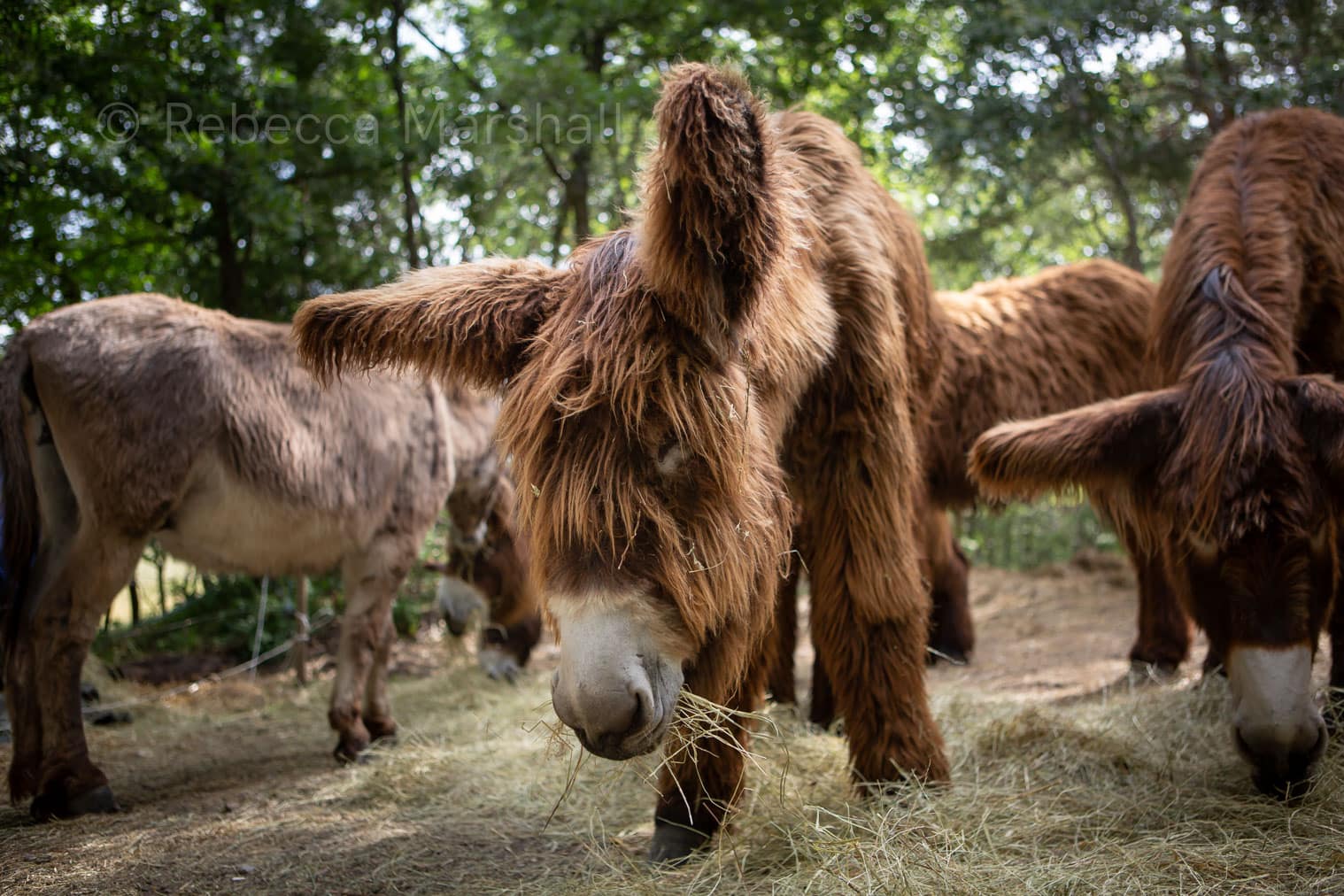
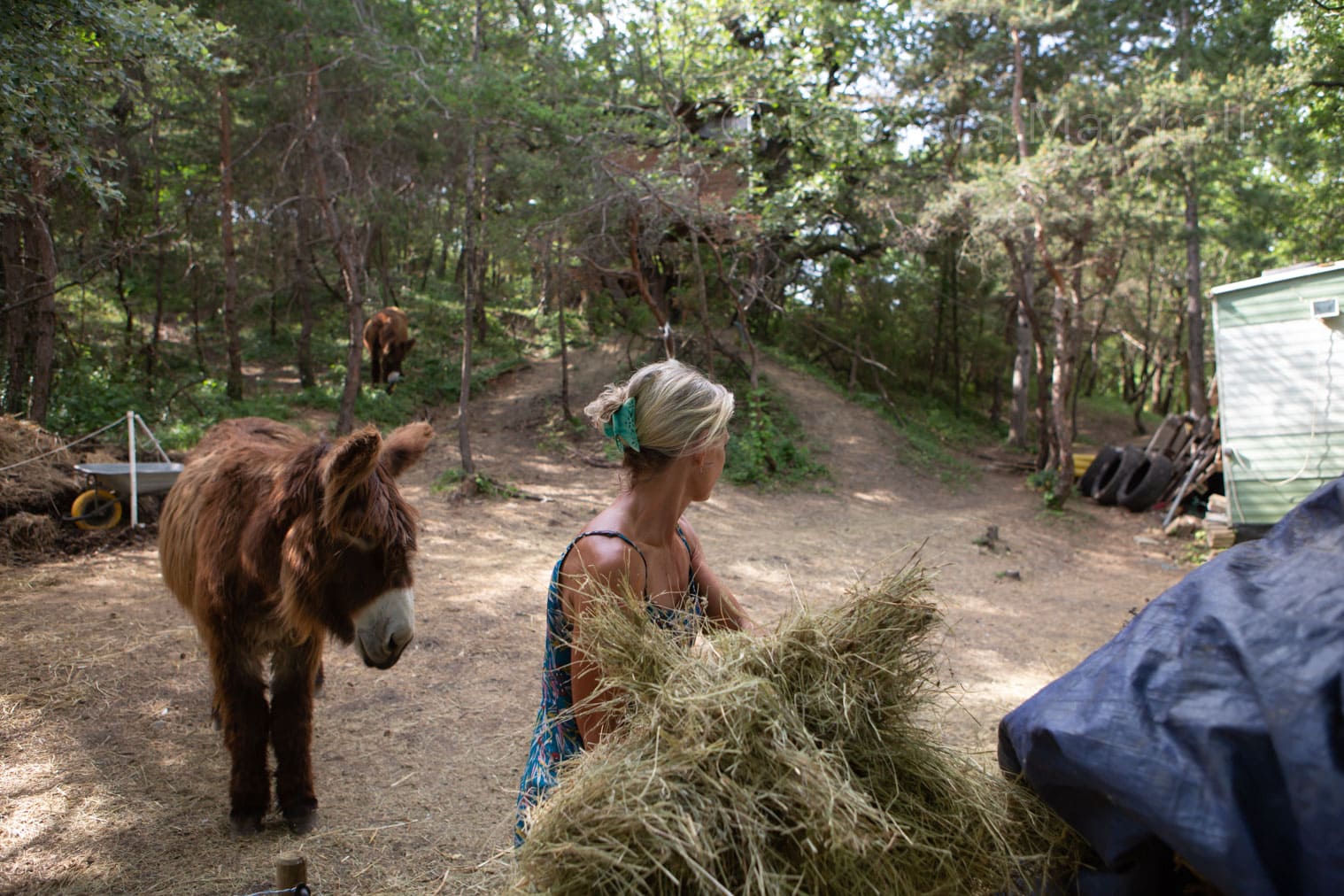
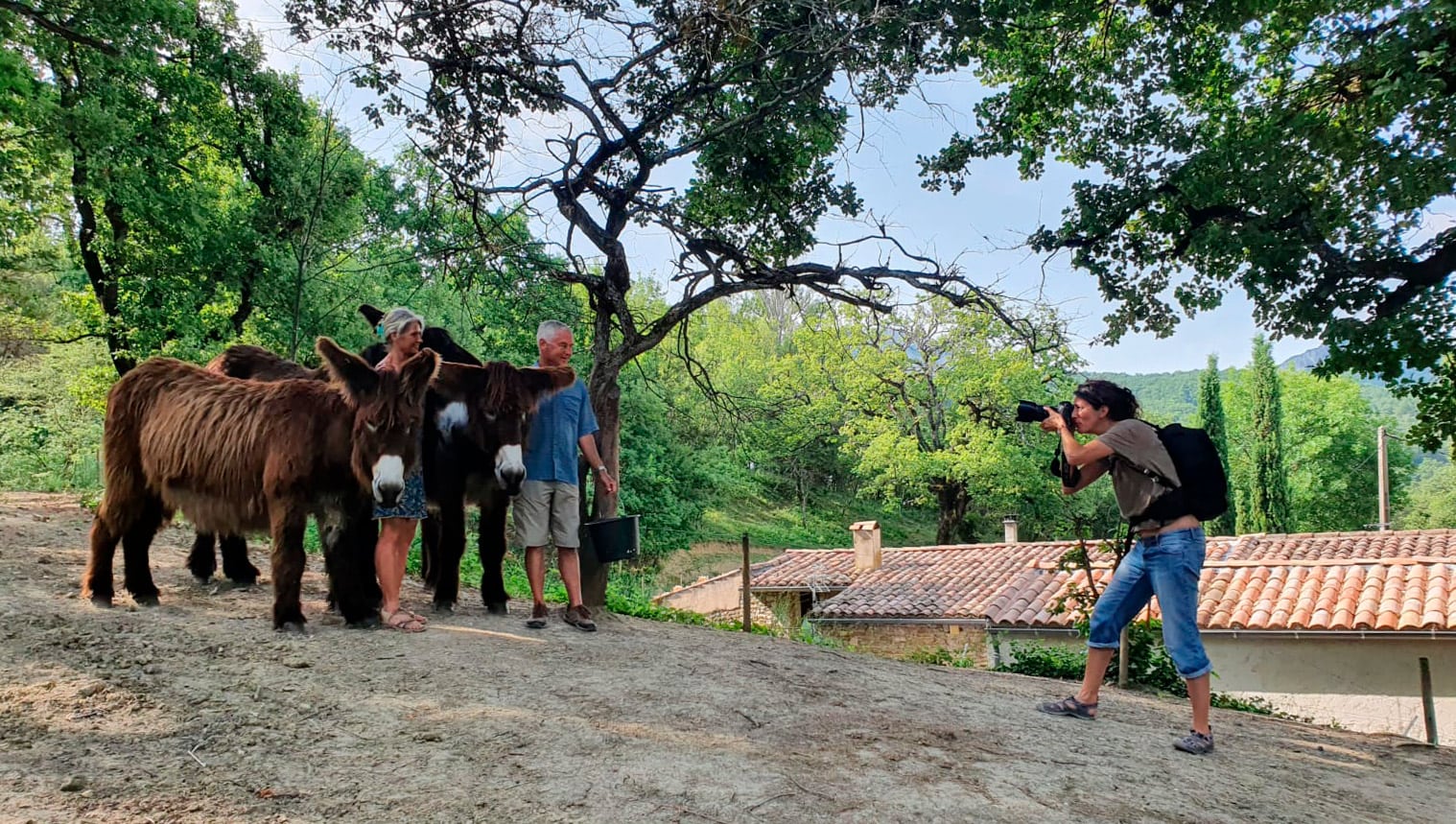
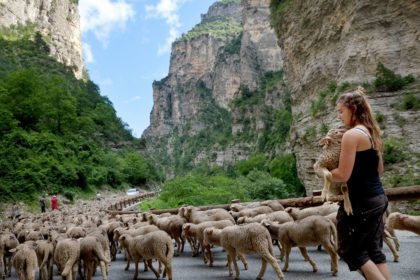
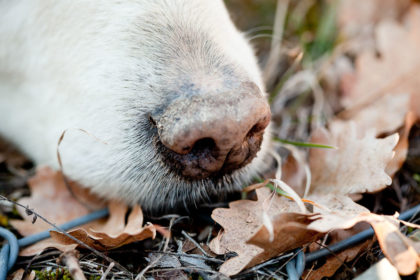
Tracey Stevens
Jul 24, 2021 at 9:53 am
It was such a great pleasure to meet you and to ‘work’ with you, Rebecca. It was definitely hard work for you sometimes, they just move all the time….but it was funny! The end result was a beautiful front page photo in the Sunday Telegraph Life Supplement. Your photos are just incredible and we learnt much from you. Thank you ❤️so much for the lovely visit…and for taking time with our own budding Photographer, Francès!!
Hope to see you again! The donkeys definitely loved the limelight…they already think we are here for their entertainment…and they are right!!!
Rebecca Marshall
Jul 24, 2021 at 11:22 am
Thank you for your lovely words, Tracey. Its great to read that the experience was an enriching one for all of us! Keep up the great work with your gorgeous donkeys, I’d love to come back and see you all sometime, without my camera…